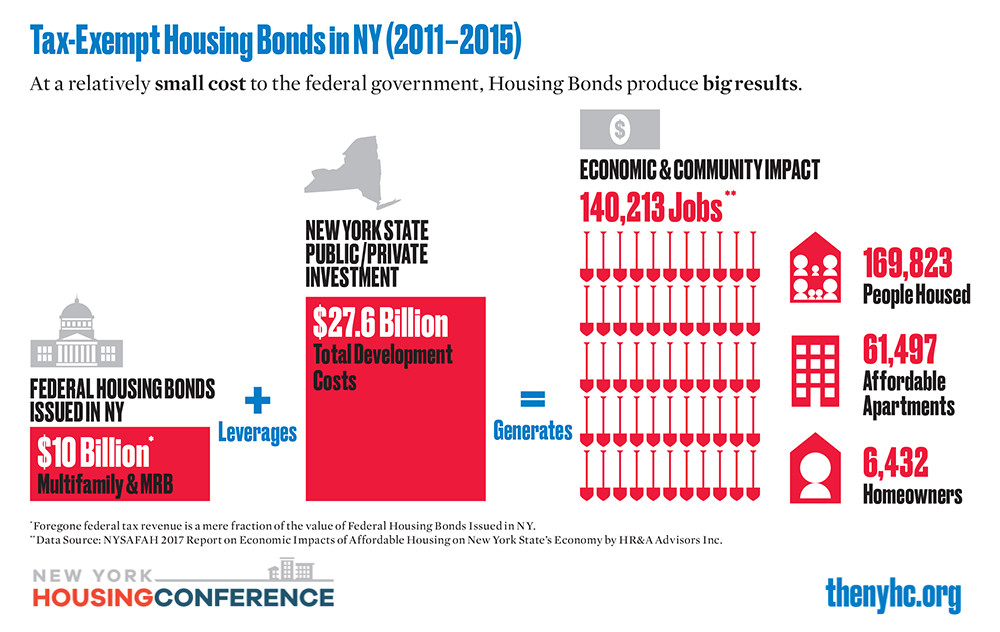
NYS Senator
Housing Positions and Proposals
- Green New Deal for Public Housing: Investing in public housing to improve living conditions, create union jobs, and make buildings more sustainable without privatizing critical community assets.
- Expanding homeownership: Making homeownership achievable for working families through down payment assistance and affordable housing programs.
- Modular Housing: Promoting modular housing to quickly and cost-effectively meet demand with sustainable and quality-built homes.
- Office conversions: Turning vacant office spaces into affordable housing units, revitalizing neighborhoods, and making better use of underutilized spaces.
- Supportive Housing: Expanding supportive housing that integrates on-site services to help vulnerable populations achieve stability and independence.
- Community Land Corporations and Community Land Trusts: Empowering communities to control land, prevent displacement, and ensure housing remains permanently affordable.
- Building a housing pipeline: Increasing the supply of affordable housing, incentivizing mixed-income development, and leveraging federal and state resources for sustainable growth.
Responses to NYHC Questionnaire
What are your priorities in an affordable housing plan – including rental and homeownership?
New York City’s capital funding for housing decreases from $4.3 billion in FY2026 to $2.4 billion in FY2027 or less the following years. What are your priorities for the ten-year capital plan in terms of how much funding will you allocate annually? How will you pay for it?
The projected drop in New York City’s capital funding for housing—from $4.3 billion in FY2026 to $2.4 billion or less in FY2027 and beyond—creates a dangerous funding cliff at a time when our housing crisis demands long-term, sustained investment. This sharp decline is deeply concerning and risks derailing our ability to meet both current and future housing needs.
The City of Yes plan, while a step in the right direction, projects just 80,000 new units—far short of the nearly 500,000 units we need to meet demand and the estimated 82,000 homes we’re expected to lose to chronic flooding. We need to stabilize and grow the housing capital budget, not shrink it. My priority for the ten-year capital plan is to maintain a baseline of at least $4 billion annually in housing capital funding, scaling up when feasible, particularly for climate-resilient and deeply affordable housing.
To pay for it, we must innovate and be bold. We can leverage both public and private sector union pension funds to support capital construction—reliable, long-term investments in housing that benefit workers and residents alike. We must also pursue property tax reform: by lowering the cost of new construction and fixing outdated assessment systems, we can create a more equitable tax structure that supports development rather than stifles it. More housing means a broader tax base, which translates to sustainable revenue for our city budget.
New York City’s public housing is chronically underfunded. NYCHA currently needs $78 billion in capital funding to bring housing up to good repair. What will you do to address the needs of NYCHA?
Do you support the PACT program?
Do you support the Public Housing Preservation Trust?
NYCHA faces an estimated $78 billion capital shortfall—an unacceptable burden for the over 500,000 New Yorkers who rely on it. We can’t allow this vital public resource to fall further into disrepair. While the ultimate decision between RAD and the Public Housing Preservation Trust rests with residents, my preference is the Trust.
The Trust model preserves public ownership of public housing, maintains strong labor standards, includes community hiring provisions, and ensures continued oversight by NYCHA and its residents. It gives us a more transparent and accountable path forward, while unlocking access to funding we desperately need to begin repairs and renovations.
Capital repairs are an opportunity to modernize and future-proof NYCHA housing. We need to retrofit buildings for energy efficiency and climate resilience, not just to meet the threat of the climate crisis head-on, but also because it delivers serious returns in cost-efficiency. I’m encouraged by the heat pump pilot at Woodside Houses, which delivered reliable heating through the winter, cut carbon emissions, and saved NYCHA real money on energy costs. This is exactly the kind of smart, scalable investment we should be making system-wide.
Homelessness in New York City is higher per capita than almost anywhere in the country and has been growing substantially. In New York City, more than 140,000 people experienced homelessness last year, a 78% increase from five years ago. What specific strategies and programs will your administration use to decrease homelessness?
Do you support expansion of CityFHEPS?
Last week the New York Times reported that a third of families currently in NYC shelters include someone working a full-time job. That fact should be a wake-up call: our economy isn’t working if one full-time job can’t keep a roof over your head. Not only are the wages too low, but the rent is too high.
Addressing this will require all the tools in the toolbox – immediate relief and long-term investments that will yield the deep affordability we need. First, I support the expansion of CityFHEPS. We must not only increase eligibility and the value of the vouchers, but also streamline the application process and improve how we match voucher holders with available units. The City should act as a proactive connector—identifying vacant apartments and moving people in quickly, not burying them in red tape.
But vouchers alone aren’t enough. We must build more affordable housing—especially deeply affordable and supportive housing with wraparound services and workforce development. The City should utilize its own land, accelerate permitting, and partner with union pension funds to help finance construction. This approach not only addresses housing needs but also creates family-sustaining jobs in the process. With the right labor standards in place, we ensure that the construction workers building this housing can actually afford to live in the homes they help create.
In 2024, the City passed the City of Yes for Housing Opportunity to add more housing in every neighborhood. This will add 80,000 units of housing over the next 15 years. What will you do to allow for more housing supply and more equitable housing development in New York City?
How will you utilize zoning tools to address the crisis?
Will you support existing or new real estate tax incentives like 485-x?
New York City’s housing crisis is decades in the making, driven by underproduction, exclusionary zoning, and an over-reliance on tax incentives that haven’t delivered the deeply affordable housing we need. While I was supportive of the City of Yes for Housing Opportunity—especially the infrastructure and homeownership funding added by the City Council—we must go further to create a more equitable and effective housing strategy. I support zoning tools that unlock more housing in every neighborhood, particularly near transit and job centers. The carveouts for parking minimums in City of Yes unfortunately undercut its potential—those are outdated requirements that raise construction costs and reduce housing supply. I’m especially interested in leveraging the forthcoming Interborough Express as a corridor for dense, transit-oriented development that can include mixed-income housing and small business growth. We have to recognize that New York City is a city of neighborhoods, and thoughtful planning will allow us to craft new density opportunities that are complemented by the infrastructure and transit support needed to uplift the New Yorkers who already live in those neighborhoods. Regarding tax incentives like 485-x, I believe they should be used strategically, rather than treated as a silver bullet. Part of the reason we’re in this mess is because we’ve leaned too heavily on incentives without accountability. I could support a new tax abatement only if it’s paired with strong labor standards and used to produce and preserve truly affordable housing. It cannot be the only tool in our toolkit—we need public investment, public land use, and zoning reform all working together.
Do you support the State’s rent stabilization laws, and will you seek any changes?
What will be your priorities in appointing members of the Rent Guidelines Board?
Rent stabilization is one of the best tools we have to keep New Yorkers securely housed, and for me—like so many others—it has provided the stability and affordability needed to raise a family in this city. But under the Adams administration, rent increases approved by the Rent Guidelines Board have sharpened an already serious affordability crisis. In just the past three years, my own rent has increased more than it had in the entire 15 years prior.
I support a rent freeze—and I believe it’s both necessary and possible. But to make it economically sustainable, we must tackle property tax reform. Right now, large multifamily rental buildings are taxed at significantly higher effective rates than single-family homes, which disincentivizes new rental development and pushes that burden onto tenants. Meanwhile, our current assessment system unfairly overburdens homeowners in Black and working-class neighborhoods. We need to rightsize assessments to create a more equitable tax structure. That will make it more feasible to freeze rents without compromising building maintenance or affordable housing supply.








